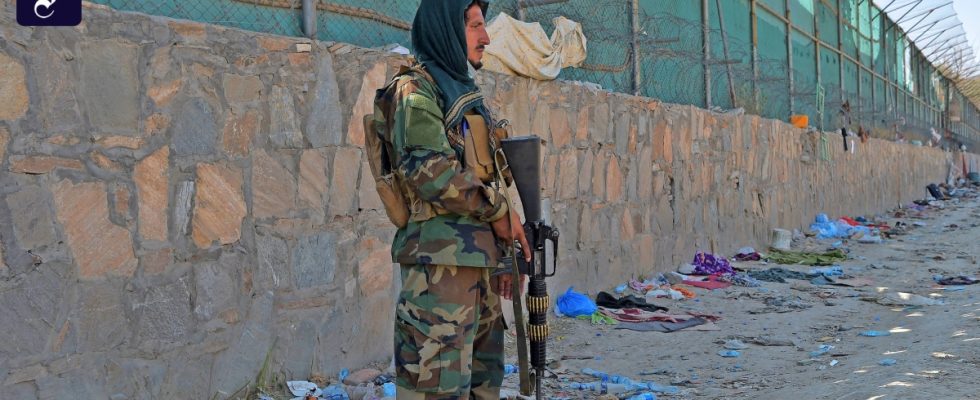EAt the end of April, the Washington Post reported on a previously little-noticed detail from the secret Pentagon documents that a National Guardsman had distributed to like-minded people via Discord. By February of this year alone, American secret services had prevented 15 attack plans by the terrorist group “Islamic State Province of Khorasan”, the Afghan offshoot of the terrorist organization “Islamic State”, known as ISPK for short, which has so far received little national attention. Accordingly, the terrorists had targeted various sensational targets, including the soccer World Cup in Qatar.
The plans have not been successful so far, but the documents also show that the ISPK has developed a “cost-effective” model for its operations by accessing networks outside of Afghanistan. With the large-scale raid in North Rhine-Westphalia and the Netherlands last week and eight Tajik and Uzbek ISPK supporters arrested, it is now clear that these networks reach into Germany.
Professionally designed propaganda
There have been signs of this for a number of years. In the past, connections to terrorist groups in Europe and the ISPK networks in Afghanistan have been proven or suspected on numerous occasions. There were indications that the man who drove a truck into a pedestrian zone in Stockholm in 2017 and killed five people had received his order from the Afghan ISPK. In 2020, a Tajik cell was uncovered in North Rhine-Westphalia, which is said to have also received an attack plan from the ISPK network and maintained connections to Sweden and to the Vienna assassin who killed five people and injured more than 20 in the Austrian capital in 2020.
A recent report by the United States Institute of Peace shows that ISPK has now centralized and professionalized its media and propaganda activities. Following the example of the IS caliphate, the glossy magazine “Voice of Khurasan” is published regularly in English, Arabic, Pashto and Persian. According to its own statements, ISPK produced hundreds of audio and video messages within a year and republished or translated numerous books.
But who is this new power in international Islamist terrorism that is apparently expanding its networks? The history of the founding of the ISPK tells a lot about the ever-new links between the numerous jihadist associations, whose networks also continue to exist in Europe and are used by ever new terrorist organizations. The group was formed in 2014 and 2015 in the border region between Afghanistan and Pakistan, where mujahideen commanders and their fighters have been cavorting since the war against the Soviet army in the 1980s.
After a leadership dispute within the Pakistani Taliban (TTP), which had emerged a few years earlier as a merger of various jihadist groups, an influential TTP commander, Hafiz Saeed Khan, apparently felt left out and summarily swore allegiance to IS. It was the time of the great military successes of the IS in Syria and Iraq, the new organization was then considered the power of the future, which is why other splinter groups in the Afghan-Pakistani border area followed suit, including nine al-Qaeda leaders and numerous Salafist-oriented ones Commanders of the Afghan Taliban.

